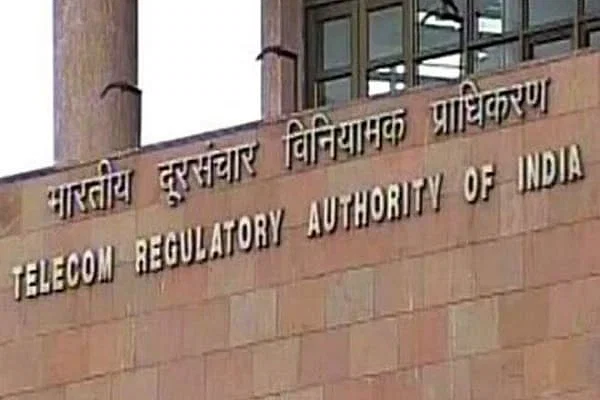The Telecom Regulatory Authority of India (TRAI) has put forward a significant recommendation aimed at improving digital connectivity infrastructure in the country. The proposal introduces a new category of license known as the Digital Connectivity Infrastructure Provider (DCIP). This license type would allow entities to create both active and passive digital connectivity infrastructure, contributing to the expansion of digital networks.
Under the suggested framework, the DCIP license would fall under the umbrella of the unified license. While the license would not incur standard license fees, an initial entry fee of ₹2 lakh and a processing fee of ₹15,000 would be applicable. The core purpose of the DCIP license is to establish, maintain, and operate various components of digital connectivity infrastructure, including Wireline Access Network, Radio Access Network (RAN), Wi-Fi systems, and Transmission Links.
It’s worth noting that the scope of the DCIP license category encompasses a range of infrastructure elements, such as right of way, duct space, dark fiber, poles, towers, feeder cables, antennas, base stations, in-building solutions (IBS), and distributed antenna systems throughout India. However, the license excludes activities involving spectrum management, core network elements, and the provision of end-to-end bandwidth through transmission systems.
The recommendation also outlines that DCIP license holders can install wired transmission links, excluding wireless connections, to interconnect with their base band or radio units. The penalty structure for violations under the DCIP license would align with that of internet service providers, with no requirement for performance bank guarantees.
To ensure compliance with security measures, quality of service standards, interconnection, and non-discrimination, the proposal introduces a principal-agent relationship between DCIPs and licensed entities. This self-regulation approach mandates DCIPs to install their infrastructure in a manner that allows hirers to fulfill licensing conditions. Additionally, formal agreements between DCIPs and eligible entities will be required to guarantee compliance with licensing terms.
Furthermore, the proposal advocates for the sharing of infrastructure owned and operated by DCIPs with other unified license holders and internet service providers. This cooperative approach aims to optimize infrastructure utilization across the industry.
As part of the recommendation, TRAI emphasises that DCIP license holders should be eligible to apply for licenses under the Indian Wireless Telegraphy Act, 1933, enabling them to possess wireless telegraphy apparatus without spectrum assignment.
This proposal follows TRAI’searlier suggestion to leverage street furniture for small cell and aerial fiber deployment, promoting efficient use of infrastructure. TRAI’s emphasis on shared infrastructure and the creation of the DCIP category underpins India’s commitment to improving digital connectivity and advancing its telecommunications landscape.
